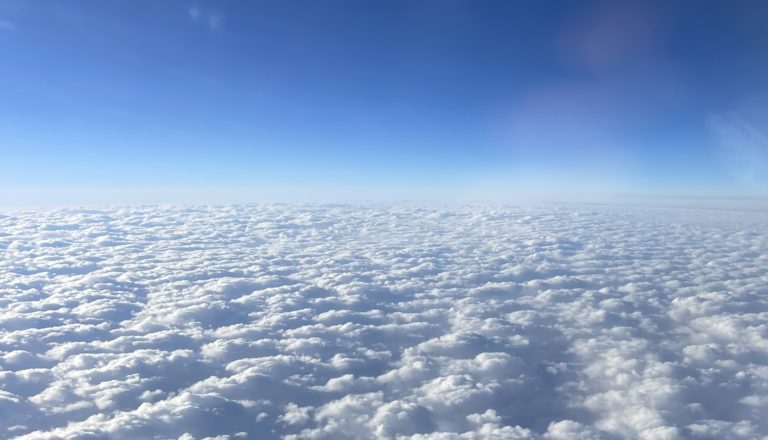Perched Groundwater
Perched Groundwater – In geology, “perched groundwater” refers to unconfined groundwater which separates from an underlying body of groundwater by an unsaturated zone or vadose zone.
Perched Groundwater – In geology, “perched groundwater” refers to unconfined groundwater which separates from an underlying body of groundwater by an unsaturated zone or vadose zone.

What is an Embankment Dam? An Embankment Dam is a freshwater-retaining structure comprising excavated rock, soil, or a combination of rock and soil from nearby geological formations. In fact, Embankment Dams are known as an “Earthfill Dam” when filled with soil, and a “Rockfill Dam” when filled with rocks. Earthfill Dams are most common. The…

Hooke’s Law “Hooke’s Law” is a geological statement relating to the elastic deformation of rocks. Hooke’s Law states the strain of an earth-material is linearly proportional to the applied stress.

Normal Fault Normal Fault: In the field of geology, a normal fault is a type of dip-slip fault where the hanging wall moves downwards from the footwall. The average dipping angle of a normal fault ranges from 45 to 90 degrees. Normal faults are the opposite of reverse faults. Detachment Fault Detachment Fault: A detachment…

Hydraulic Head Hydrualic Head: In the field of hydrogeology, hydrualic Head is a measure of the potential energy of a fluid at any given point in a hydraulic system. It explains the potential energy driving fluid flow by summing the elevation of the fluid and the pressure it exerts.

Critical Void Ratio The “Critical Void Ratio,” in soil science and geology, represents the final void ratio of a soil sample, at ultimate strength. And Critical Void Ratio is achieved by the loose and dense samples of the same soil post-shearing.

U-Shaped Kitchen U-Shaped Kitchen: A U-shaped kitchen, or a horseshoe kitchen, is a general kitchen plan layout with counters, walls, and cabinets that generally form a square-like or rectangular-like shape of the letter “u.” In the State of California (and other states with similar building code standards), U-shaped kitchens must have a minimum of 60-inches…